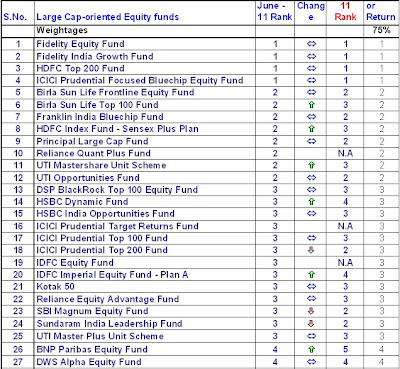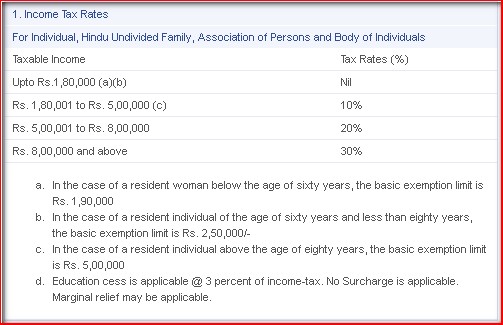Should I Buy Gold At Its All-Time High?
Submitted by Simon Black
There’s one question that I’ve been seeing over and over for the last several weeks as the price of gold has taken out its all-time highs and continued a nearly uninterrupted ascent: Should I buy gold now?
It’s understandable, especially for people who don’t own precious metals yet. Nobody wants to be the sucker who buys gold at the top, only to watch it crater back to $1200 or below. But here’s some food for thought–
The US dollar is shattering historic lows against currencies like the Swiss franc, Australian dollar, and Singapore dollar. Any currency that isn’t a complete disaster is now being viewed as a safe haven. And the mainstream world is now, finally, waking up to the reality that the United States might actually default.
Never mind that the government has been insolvent for years and the evidence of such has been widely available to anyone willing to look at basic facts. Literally, only in the last week have people finally began to consider the possibility of a US default.
Here in Europe, the situation is arguably even worse. No one is being shy about a default in Greece– it’s discussed openly now by policymakers, and major financial institutions are preparing for a restructuring. And with its public debt more than 120% of GDP, Italy will not be far behind.
Governments no longer have the benefit of operating behind a curtain; their financial imprudence and technical insolvencies are now under the spotlight for all to see… and confidence is fading quickly.
The more people lose confidence in the dollar and euro, the more they look for alternatives. Large institutions and money mangers collectively control trillions of dollars within the financial system. Unallocated capital– funds held as cash and not being actively invested at the moment– must be held somehow, somewhere.
This is the chief reason why so many smaller currencies are surging. Compared to the dollar and euro, the Swiss franc looks incredibly safe, and money managers have a much higher degree of confidence that their Swiss bonds will be repaid than they have in the US or eurozone.
The more capital flows into these smaller currencies, the more they’ll appreciate against the dollar and euro. It’s simple matter of supply and demand– increased demand for the Swiss franc coupled with excess supply of US dollars means a stronger franc in US dollar terms.
Ultimately, this is the primary reason for gold to go higher in the long term.
Large financial institutions are increasingly looking at gold as a safe haven; it’s becoming less of a speculation and more of a store of value… and unlike most of the other available asset classes, precious metals are not politically sensitive.
Even stronger currencies like the Swiss franc have limits to their appreciation. At some point, the Swiss National Bank will impose capital controls to thwart the rise of its currency. Oil and agricultural commodity prices will likely be regulated and speculation outlawed if prices become too high.
But if gold goes to $2,000… $3,000… it may be an embarrassment to central banks, but it won’t become a populist issue. You won’t see any Tunisian merchants setting themselves ablaze because the price of gold is too high… and not too many politicians looking to fix the price.
Even if they do try to regulate gold prices or even make it illegal, you can be sure that the gold trade will continue to thrive in the rest of the world– especially in Asia and the Middle East.
So instead of worrying about buying gold at its all time high, ask yourself another question instead: Over the next few years, do you expect that these broken, bankrupt governments will inspire confidence among institutional investors, or do you think that confidence will continue to erode?
If you’re leaning towards the latter, you can be sure that more money will flow into gold, and that prices will rise.
Yes, there will be price fluctuations. Whenever the US government announces that it has finally reached a debt deal, there will probably be a correction. Given what’s coming in the next several months and years– debt downgrades, more budget battles, government shutdowns, asset seizures, etc., any correction will be a small blip along a long-term rising trend line.
And in case you’re still worried that you’d be a sucker to buy gold at $1600, consider that, if you don’t, in three years you’ll probably feel like a sucker for not buying gold at $1600 when you still had the chance.











































.....png)







.....png)



